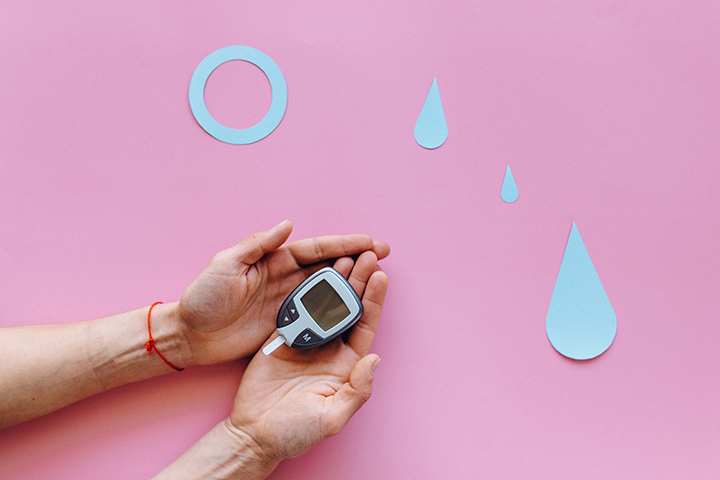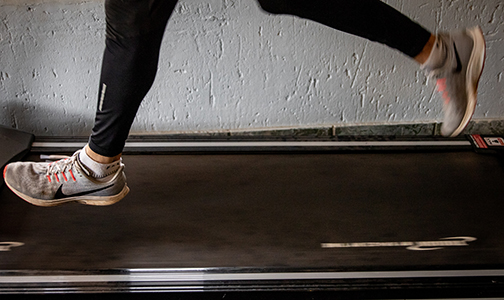How To Eat Healthily Without Depriving Yourself
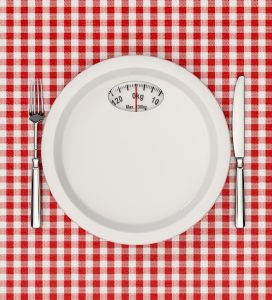 One unfounded belief is that to eat healthily, you can only eat lettuce, fresh vegetables, and broiled chicken or something the equivalent of that. You can eat healthier without depriving yourself by making a few changes. It doesn’t mean you give up all sweet treats. It does mean you can’t eat them every day, and when you do, eat one serving size. A scoop of ice cream occasionally is okay, but eating a quart a day is not healthy. So how do you start?
One unfounded belief is that to eat healthily, you can only eat lettuce, fresh vegetables, and broiled chicken or something the equivalent of that. You can eat healthier without depriving yourself by making a few changes. It doesn’t mean you give up all sweet treats. It does mean you can’t eat them every day, and when you do, eat one serving size. A scoop of ice cream occasionally is okay, but eating a quart a day is not healthy. So how do you start?
Start by identifying your weaknesses and places you need to improve.
You don’t have to be dramatic about the changes. They can be minor and gradual. If you’re used to eating a sweet treat during mid-morning break, don’t skip the treat, substitute it with fruit. If you love a dish of ice cream with your meal, either make the serving smaller until you only eat a small amount every other day or switch to a frozen fruit sorbet with no added sugar. Switching one ingredient for another without changing the flavor is another way to eat healthier. Use Greek yogurt instead of sour cream and whole grain brown rice instead of processed white rice.
Drink a glass of water before a meal.
If you drink 8 ounces of water a half hour before a meal, you’ll eat less. You can switch from soft drinks to water for calorie savings and health benefits. Change the way you cook your food. Bake meat instead of frying it. Consider using an air fryer if you crave that fried food flavor occasionally. Try zoodles or spaghetti squash to replace pasta. Most people find the taste isn’t that much different. Some people love the flavor of spaghetti squash better.
Take your time and eat mindfully.
Mindful eating can help digestion and aid in weight loss. You savor each bite and slow your eating. When you take a bite, chew it until it’s a liquid. As you chew it, notice the flavor and texture. Think about how each bite is making you healthier. It can help to note every time you eat something. It slows you down and makes digestion easier.
- Find ways to add vegetables to dishes. Add veggies to rice, put them in muffins, mix extra in casseroles, or put extra veggies in tuna or chicken salad.
- Eating healthy doesn’t mean you can never eat sweet treats. Just don’t eat them often. If you’re at a birthday party, don’t turn down the cake if you love it. Eat a smaller piece.
- Eating healthy doesn’t mean you can never eat sweet treats. Just don’t eat them often. If you’re at a birthday party, don’t turn down cake if you love it. Plan the week’s meals one day, shop another, and spend one day making them. Include snacks.
- Get creative and include a variety of fruits and vegetables in your diet. Try pickled vegetables, baked, stewed, and raw ones. Serving healthy food in a variety of ways will leave you feeling satisfied.
For more information, contact us today at Team-ISC

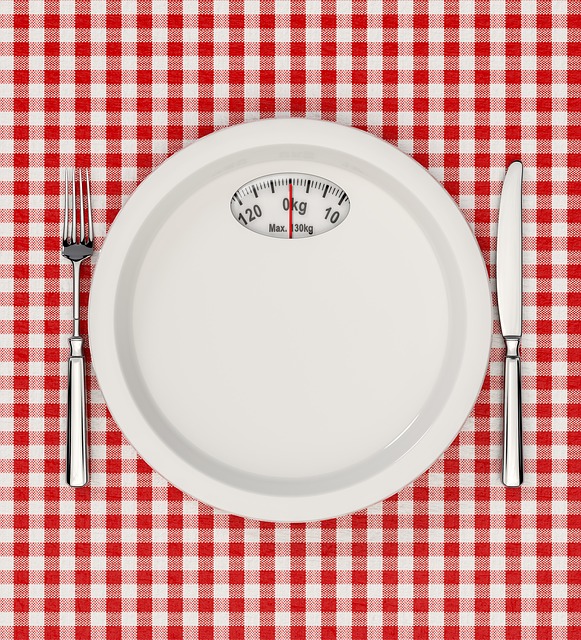
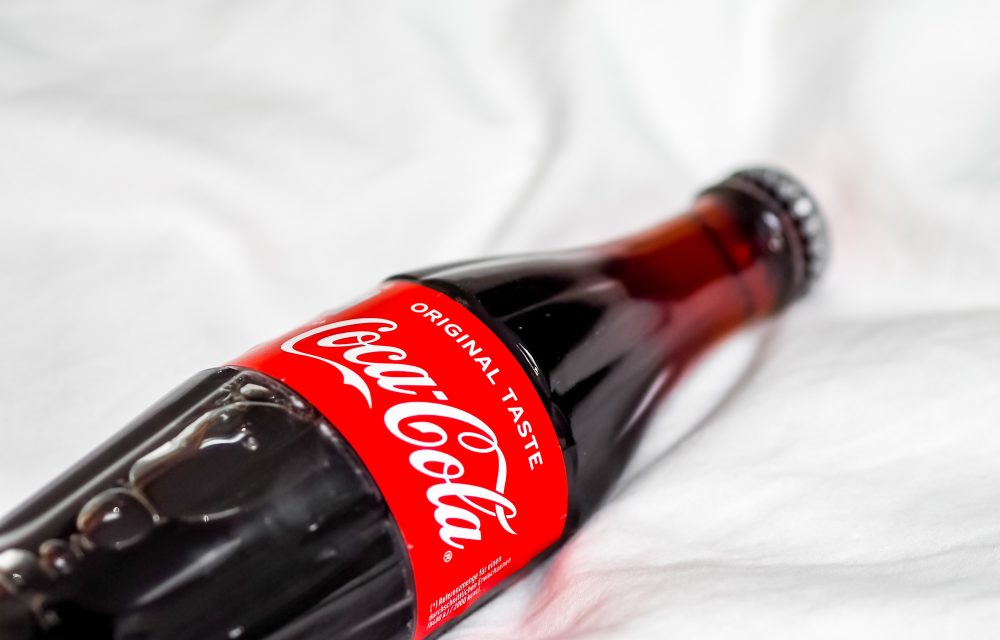
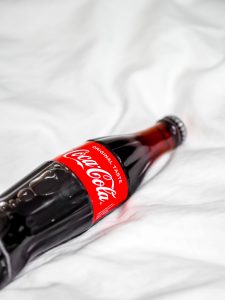 If you’re battling to put on muscle and weight in Sacramento, CA, you might think drinking more soda is a good idea. If you’re bulking up, soda and junk food aren’t the answer. You can gain weight and stay healthy at the same time. Everyone is different. Their metabolism and builds differ. It’s why some people seem to eat everything and never gain a pound. That is the envy of those who gain weight easily, but it’s not desirable if you want big muscles.
If you’re battling to put on muscle and weight in Sacramento, CA, you might think drinking more soda is a good idea. If you’re bulking up, soda and junk food aren’t the answer. You can gain weight and stay healthy at the same time. Everyone is different. Their metabolism and builds differ. It’s why some people seem to eat everything and never gain a pound. That is the envy of those who gain weight easily, but it’s not desirable if you want big muscles.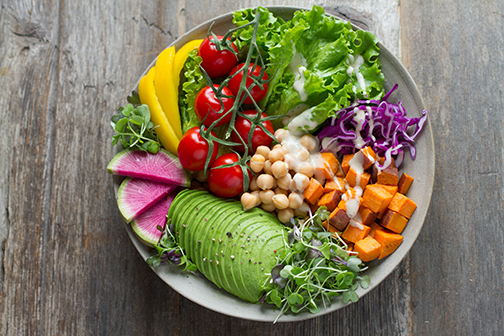
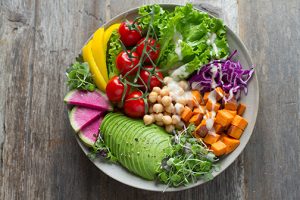 Everyone wants the best and most effective diet for shedding fat and maintaining good health. Some people in Sacramento, CA, have turned to a low-carb diet. Is it easier to maintain? Does it work? Is it all hype and another way to sell books or get clicks on articles? Low-carb diets aren’t new. They’ve been around since the mid-1800s when Claude Bernard, a French physician, gave a dietary theory conference
Everyone wants the best and most effective diet for shedding fat and maintaining good health. Some people in Sacramento, CA, have turned to a low-carb diet. Is it easier to maintain? Does it work? Is it all hype and another way to sell books or get clicks on articles? Low-carb diets aren’t new. They’ve been around since the mid-1800s when Claude Bernard, a French physician, gave a dietary theory conference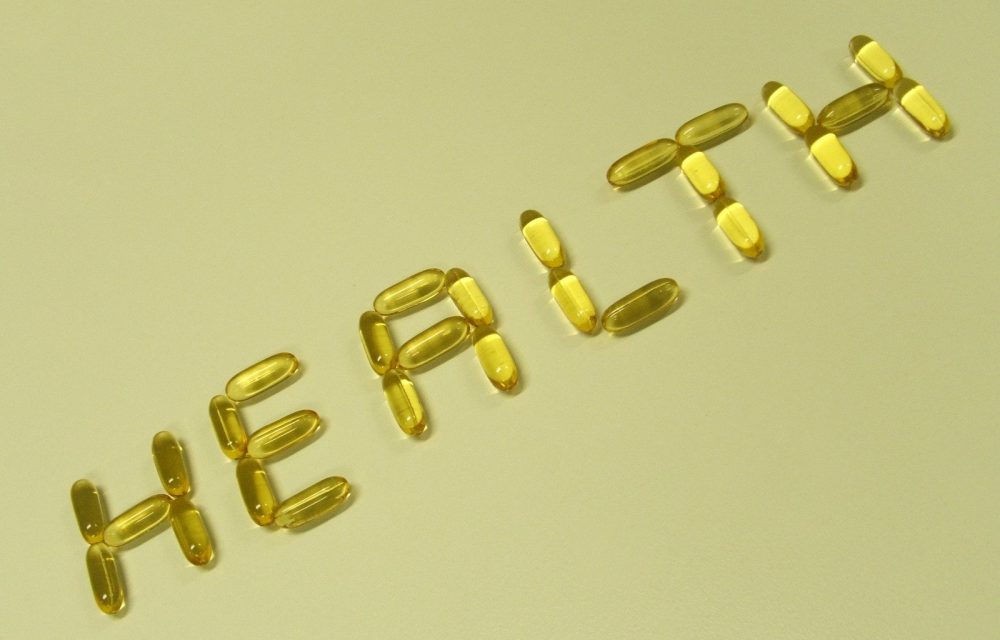
 You don’t have to move like a sloth to want to become more productive. Everyone wants to have the energy to do more in less time. You have to move a little faster to do that and take fewer breaks. Moving faster and stopping less to rest requires stamina and fitness. You have to get healthy to do that. Clearing up mental fuzziness can also boost productivity. Mental fuzziness occurs for several reasons. One of them is stress. Another is lack of sleep. There are more and most involve making lifestyle changes.
You don’t have to move like a sloth to want to become more productive. Everyone wants to have the energy to do more in less time. You have to move a little faster to do that and take fewer breaks. Moving faster and stopping less to rest requires stamina and fitness. You have to get healthy to do that. Clearing up mental fuzziness can also boost productivity. Mental fuzziness occurs for several reasons. One of them is stress. Another is lack of sleep. There are more and most involve making lifestyle changes.
 Many people in Sacramento, CA, have started diets or exercise programs that ended in disaster. Sometimes, programs are destined to fail from the start because the diet is too restrictive or the exercise program is too hard for their fitness level. Lack of motivation also diminished willpower. If you think willpower is your problem, you’re probably wrong. Getting and staying fit is all about changing lifestyle habits. Habits are hard to change but with the right help, it’s possible.
Many people in Sacramento, CA, have started diets or exercise programs that ended in disaster. Sometimes, programs are destined to fail from the start because the diet is too restrictive or the exercise program is too hard for their fitness level. Lack of motivation also diminished willpower. If you think willpower is your problem, you’re probably wrong. Getting and staying fit is all about changing lifestyle habits. Habits are hard to change but with the right help, it’s possible.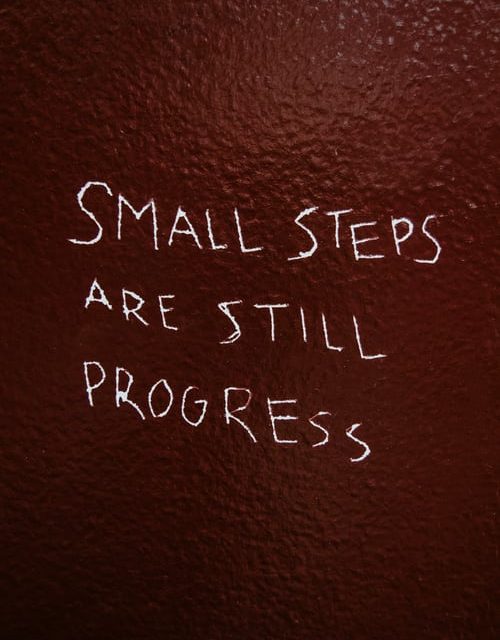
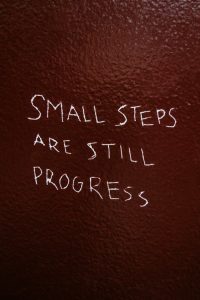 You don’t have to plunge head-first into fitness and do hundreds of push-ups immediately. You can get fitter by making small changes first. Everyone is different. Some people have more success by immersing themselves in their program while others like to dip their toes and gently approach something new. If you’re a toe-dipper, here are some ideas to help you build up to a healthier lifestyle.
You don’t have to plunge head-first into fitness and do hundreds of push-ups immediately. You can get fitter by making small changes first. Everyone is different. Some people have more success by immersing themselves in their program while others like to dip their toes and gently approach something new. If you’re a toe-dipper, here are some ideas to help you build up to a healthier lifestyle.